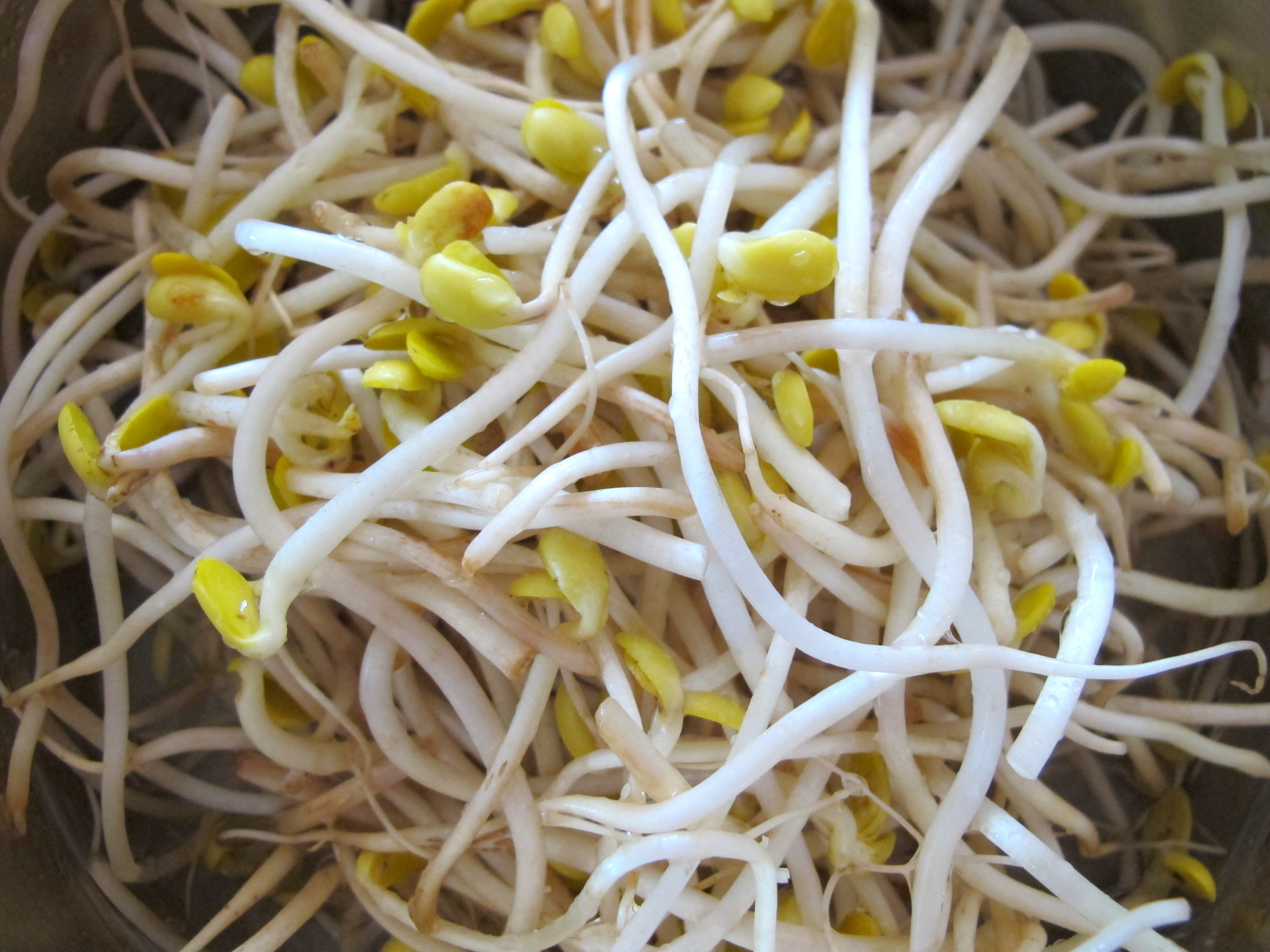

Worldwide, the mung bean market is predicted to grow at a CAGR of 4% by 2027, again due to the growing popularity of healthy and plant-based foods. The value/kg of mung beans also shows a positive annual growth of 7% in the last five years. In 2021 Europe imported 45 thousand tonnes, which is almost 40% more than a year earlier, possibly reflecting the surge in demand for plant-based food during the COVID-19 pandemic (Figure 2). Between 20, the imported volume grew at an annual rate of 2%. While mung beans have not achieved the same level of popularity in Europe as other pulses like chickpeas and dried peas, there has recently been modest yet steady growth in demand. Also, the high protein content of mung beans gives them good potential for the growing low-carb, high-protein market. Consumers are growing more aware of the environmental impacts and ethical implications of livestock farming and are looking for vegan alternatives. They are most commonly used for cooking, but demand for them as a food ingredient is growing, following a trend for plant-based and healthy foods. In Europe, mung beans are a popular product in ethnic cuisine.

What makes Europe an interesting market for mung beans? European demand for mung beans is growing Source: Wikimedia commons – adjusted from Sanjay Acharya, CC-SA 3.0 Vimkay 2. Mung beans are green on the outside and yellow on the inside, urad beans are black on the outside and white on the inside.įigure 1: Mung beans, whole, split and skinned Mung and urad beans can be distinguished by their colour.
#BEAN SPROUTS CHINESE FOOD CODE#
This HS code also applies to urad beans ( Vigna mungo (L.) Hepper). Wilczek, whether or not skinned or split, are traded under the Harmonized System (HS) code 071331. They can also be consumed as fresh vegetables in the form of sprouts.ĭried shelled mung beans of the species Vigna radiata (L.) R. Milled seeds (or mung bean flour) are used to prepare soups, porridge, snacks, bread and pasta. They have higher digestibility than other pulses, making them suitable for children and the elderly. They are also rich in minerals, provitamin A and vitamin B complex. This makes them a nutritious substitute for animal protein. Depending on the environment they grow in, mung beans contain 17-26% protein. If stored under the right conditions, mung beans can keep for up to 36 months after harvest. The world’s top producers of mung beans are India, Myanmar, China and Indonesia.Īs a short-duration crop, mung beans take between 60 and 120 days to reach maturity and produce seeds. In many South Asian countries, mung beans are amongst the most important grain legumes. However, they have never become a major commercial crop outside Asia. It is only recently that they have spread to other continents. Mung beans are a native plant of India and a staple of most Asian cuisines. Wilczek) have been cultivated in South-East Asia for thousands of years. Which trends create opportunities or risks in the European mung bean market?.Which European countries offer the most opportunities for mung beans?.What makes Europe an interesting market for mung beans?.


 0 kommentar(er)
0 kommentar(er)
